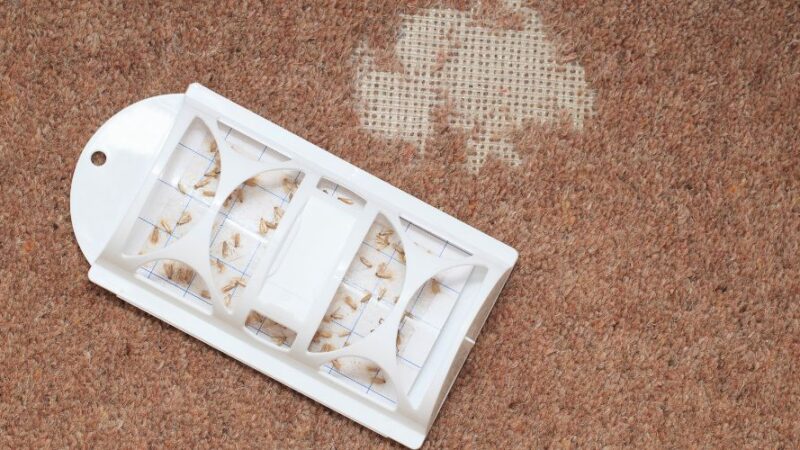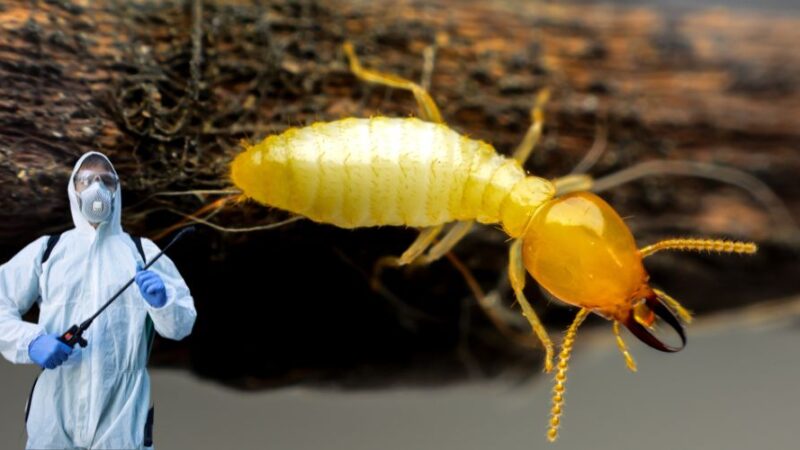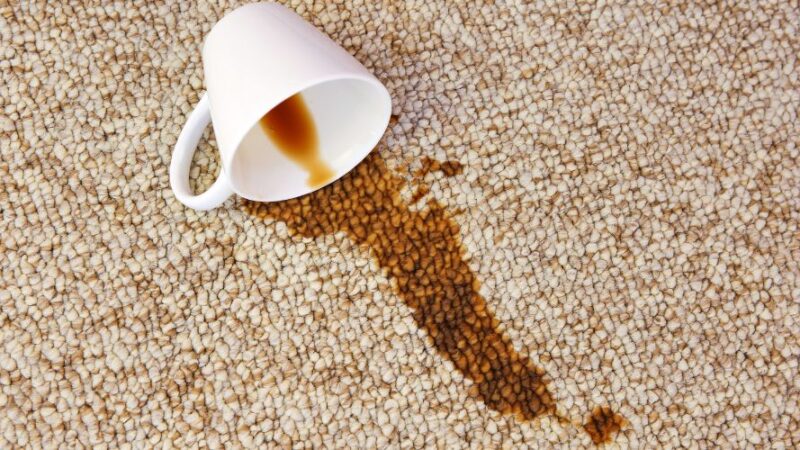What Do Termites Bites Look Like
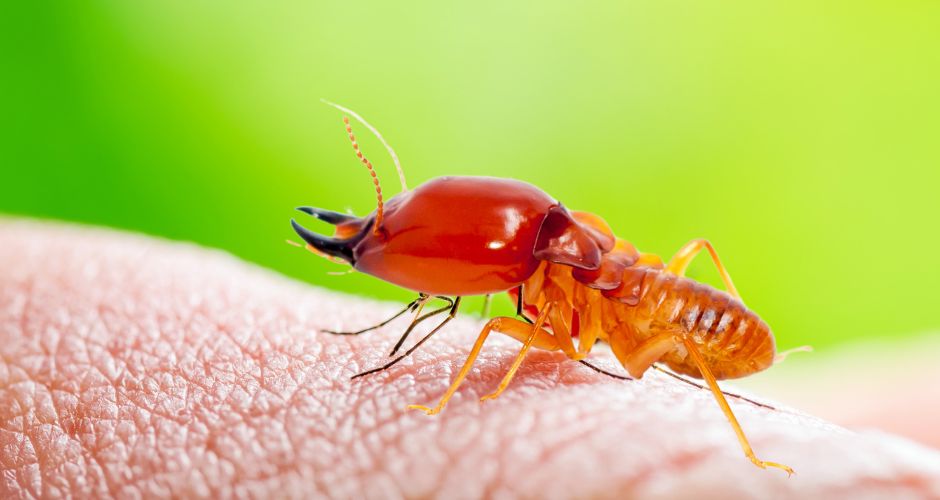
Termites, the tiny architects of destruction, are renowned for their ability to feast on wood, posing a threat to homes and structures. While they are not commonly associated with biting humans, there are instances where interactions occur.
In this comprehensive exploration, we will delve into the intricacies of termite behavior, demystify the appearance of termite bites, and equip you with knowledge to deal with these encounters.
Understanding Termites and Their Behavior
Termites are social insects that play a crucial role in ecosystems by breaking down and recycling dead plant material, particularly wood. They are known for their ability to consume cellulose, a component found in the cell walls of plants. While termites are ecologically important, they can pose a threat to structures and buildings when they infest wooden components.
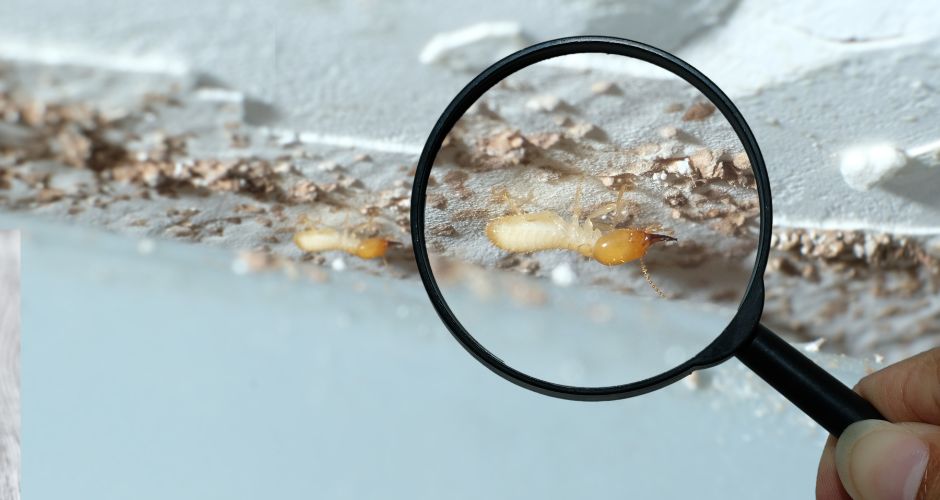
Here are some key aspects of termite behavior:
- Social Structure: Termites live in colonies that can range in size from a few hundred to several million individuals. The colony is organized into different castes, including workers, soldiers, and reproductives (kings and queens).
- Division of Labor: Each caste has specific responsibilities. Workers are responsible for foraging, building and repairing the nest, and feeding other castes. Soldiers defend the colony against predators, primarily ants. Reproductives are responsible for reproducing and forming new colonies.
- Nesting Habits: Termites build nests to house their colonies. These nests can vary in structure and location depending on the termite species. Subterranean termites, for example, build nests underground and construct mud tubes to connect their nests to food sources.
- Feeding Habits: Termites primarily feed on cellulose, which is found in plant materials like wood. They can also consume other cellulose-based materials such as paper and cardboard. Some species of termites have symbiotic relationships with microorganisms in their digestive systems that help break down cellulose.
- Communication: Termites communicate using pheromones, chemicals that transmit information between individuals. Pheromones are crucial for coordinating activities within the colony, such as foraging, defending the nest, and finding mates.
- Swarming Behavior: During certain times of the year, termite colonies produce winged reproductives known as alates. These alates leave the colony in swarms to mate and establish new colonies. Termite swarms are often an indicator of an existing colony nearby.
- Sensitivity to Environmental Conditions: Termites are sensitive to changes in temperature and humidity. Subterranean termites, in particular, require a moist environment to thrive. They often build mud tubes to maintain a humid environment while foraging above ground.
- Damage to Structures: Some termite species are economically significant pests as they can cause extensive damage to wooden structures. Termites feed on the cellulose in wood, weakening its structural integrity over time.
Do Termites Bite Humans?
Termites do not bite humans. Unlike some other pests, termites are not known to be direct threats to humans in terms of biting or stinging. Termites primarily feed on wood and other cellulose-based materials, and they play a crucial role in breaking down dead plant matter in the ecosystem.
While termites are not harmful to humans, the damage they can cause to wooden structures in homes and buildings can be significant. It’s essential to address termite infestations promptly to prevent structural issues and property damage. If you suspect a termite problem, it’s advisable to consult with a pest control professional for appropriate measures to control and eliminate the infestation.
Identifying Termite Bites: Symptoms and Signs
If you are experiencing bites or skin irritation, it’s more likely caused by other insects, such as mosquitoes, bedbugs, or fleas. Symptoms of bites from these insects may include:
- Redness: The affected area may appear red or inflamed.
- Itching: Bites from various insects can cause itching, ranging from mild to intense.
- Swelling: Some individuals may experience swelling around the bite site.
- Pain: Bites can be accompanied by varying levels of pain or discomfort.
- Formation of Bumps or Blisters: Bites may form small bumps, blisters, or welts.
Dealing with Termite Bites
If you are experiencing bites or skin irritation, it’s essential to identify the actual cause. If you suspect the bites are from another type of insect, here are some general tips for dealing with insect bites:
- Clean the Area: Wash the affected area with mild soap and water to reduce the risk of infection.
- Avoid Scratching: Although tempting, scratching the bite can worsen irritation and increase the risk of infection. Try to resist scratching to prevent further damage to the skin.
- Apply Cold Compress: Use a cold compress or ice pack wrapped in a thin cloth to reduce swelling and numb the area. Apply it for short periods, around 10-15 minutes at a time.
- Use Over-the-counter Remedies: Over-the-counter anti-itch creams or ointments containing ingredients like hydrocortisone can help alleviate itching and inflammation.
- Take Antihistamines: Oral antihistamines can effectively reduce itching and allergic reactions caused by insect bites. Follow the recommended dosage on the product.
- Keep the Area Elevated: Elevating the affected limb can help reduce swelling.
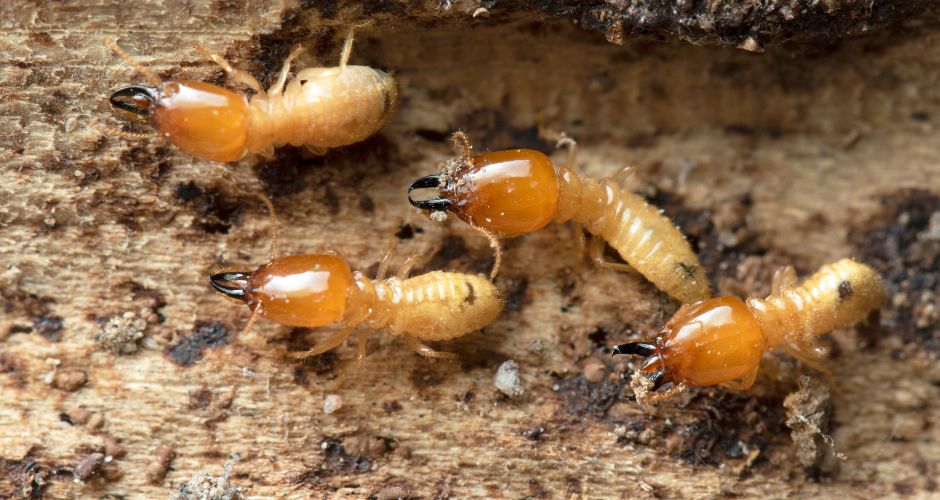
Prevention Strategies
It’s important to focus on prevention strategies for safeguarding your property against termite infestations, as they can cause significant damage to wooden structures. Here are some prevention strategies:
- Regular Inspections: Schedule regular inspections of your property, especially if you live in an area prone to termite activity. Professionals can identify signs of infestation and take preventive measures.
- Minimize Moisture: Termites are attracted to moisture. Ensure proper home drainage, fix leaks promptly, and keep gutters clean. Maintain good ventilation in crawl spaces and attics.
- Wood-to-Ground Contact: Avoid direct contact between wooden structures and the soil. Use concrete or metal barriers to prevent termites from gaining easy access to your home.
- Termite-Resistant Materials: When constructing or renovating, consider using termite-resistant materials. Some types of wood are more resistant to termites, and certain building materials have termite-resistant treatments.
- Keep Firewood Away: If you store firewood, keep it at a distance from your home. Termites can quickly move from firewood to your house.
- Remove Dead Wood: Termites thrive on dead wood. Remove dead trees, stumps, and other wood debris from your property to eliminate potential termite habitats.
- Chemical Treatments: Consider using chemical barriers or treated wood during construction. Consult with pest control professionals to determine your property’s most effective termite prevention methods.
- Regular Maintenance: Keep your home well-maintained. Seal any cracks or gaps in the foundation and walls, as these can provide entry points for termites.
- Monitor Landscape: Keep an eye on your landscape. If you notice mud tubes, which termites use for shelter or damaged wood, take prompt action to address the issue.
- Professional Pest Control: Engage the services of a professional pest control company for regular inspections and, if necessary, treatments. They can provide expert advice on termite prevention and control.
FAQ’s
1. What are termites?
Termites are small, social insects that feed on cellulose, found in wood and plant materials. They play a crucial role in ecosystems by breaking down dead plant matter.
2. Do termites bite humans?
No, termites do not bite humans. They primarily feed on wood and cellulose-based materials and are not known to be direct threats to people.
3. How can I identify a termite infestation?
Signs of termite infestation include mud tubes on walls, damaged or hollow-sounding wood, discarded wings from swarmers, and the presence of frass (termite droppings).
4. What attracts termites to homes?
Termites are attracted to moisture and wood. Leaky pipes, poor drainage, and wood-to-soil contact can make a property more susceptible to termite infestations.
5. Can I treat a termite infestation myself?
While there are DIY termite control products, effective termite treatment often requires professional intervention. Consult with pest control experts for a thorough assessment and appropriate measures.
6. How do termites enter a home?
Termites can enter homes through cracks in foundations, utility entry points, and any wood-to-soil contact. They may also build mud tubes to travel from the ground to their food source.
7. Are there different types of termites?
Yes, there are various termite species, but the most common types include subterranean termites, drywood termites, and dampwood termites. Each has distinct behaviors and habitats.
8. How can I prevent termite infestations?
Preventive measures include maintaining proper drainage, reducing moisture levels, avoiding wood-to-soil contact, regular inspections, and using termite-resistant materials during construction.
9. What is a termite swarm?
A termite swarm occurs when reproductive termites, called alates, leave their existing colonies to mate and establish new colonies. Swarms often indicate an existing termite colony nearby.
10. Are termites harmful to my health?
Termites themselves are not harmful to human health. However, the damage they cause to structures can lead to significant economic losses and compromise the integrity of buildings.

